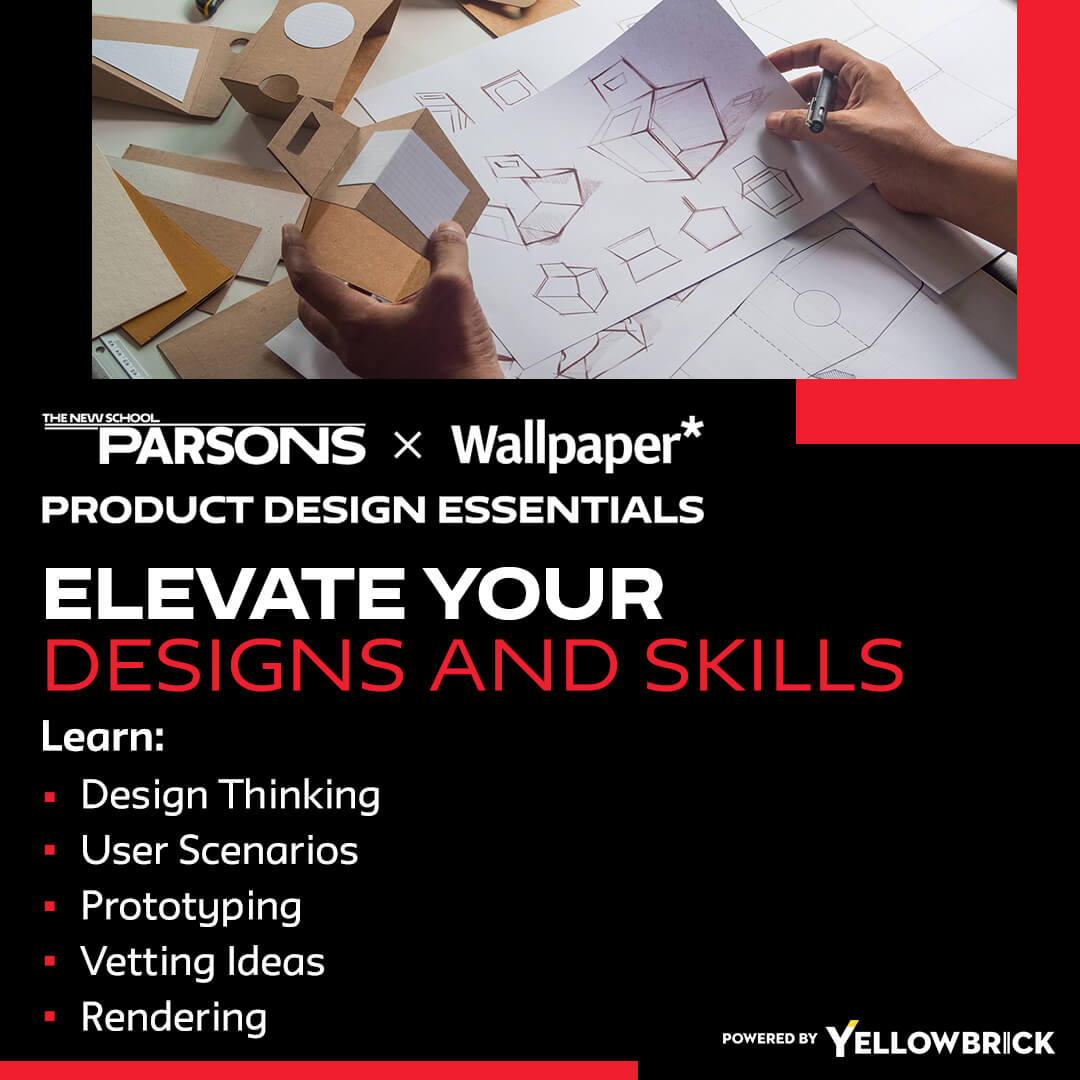Principles of UX Design in the Ancient World

Let’s talk a bit about the history and background of user experience design, or UX. Concern about UX started quite early in history, even back thousands of years. Let’s place ourselves in 4,000 B.C. in China talking about Feng Shui.
Feng Shui is a philosophy that explores the relationship between the elements, the energy known as chi, and how that circulates through space. Feng means wind, while Shui means water.
In Feng Shui, it’s all about how we position elements in the space, like how an interior designer would place furniture or decorations in a room.
The flow and the journey of the user as the person that inhabits that space is efficient when you follow the principles of Feng Shui. Using the space is pleasant and enjoyable. This is a wonderful first milestone that always fascinates me about UX principles. This history shows that UX has been always with us.
Let’s continue on this exciting journey through history. In the year 500 B.C., the ancient Greeks started playing around with this concept of UX. The way they did it was by designing their own tools and workplaces.
They followed principles of ergonomics, or what we know as ergonomics, in order to develop and design their tools and workplaces. They followed those principles to maximize efficiency and to promote well-being in the humans that were working in those professions or using those tools.
That was basically the beginning of the relationship between the human being and those elements.
We know all this because there’s a text from Hippocrates that describes how a surgeon should be working and how to set up what we know today as a surgery or surgeon theater. The text talks about things like how the tools should be displayed, where the light should be coming from, and if the surgeon is sitting or standing.
All the information in Hippocrates’ text talks about how to create an efficient experience, not just for the surgeon, but also for the patient.
Today, as we’ve moved to using digital products, user interface, or UI, has become a new part of design history. UI design and online UX design education have to be concerned with how a user interfaces with something digital in the same way that Hippocrates was concerned with how a surgeon could best use surgical tools.
Isn’t it fascinating?


